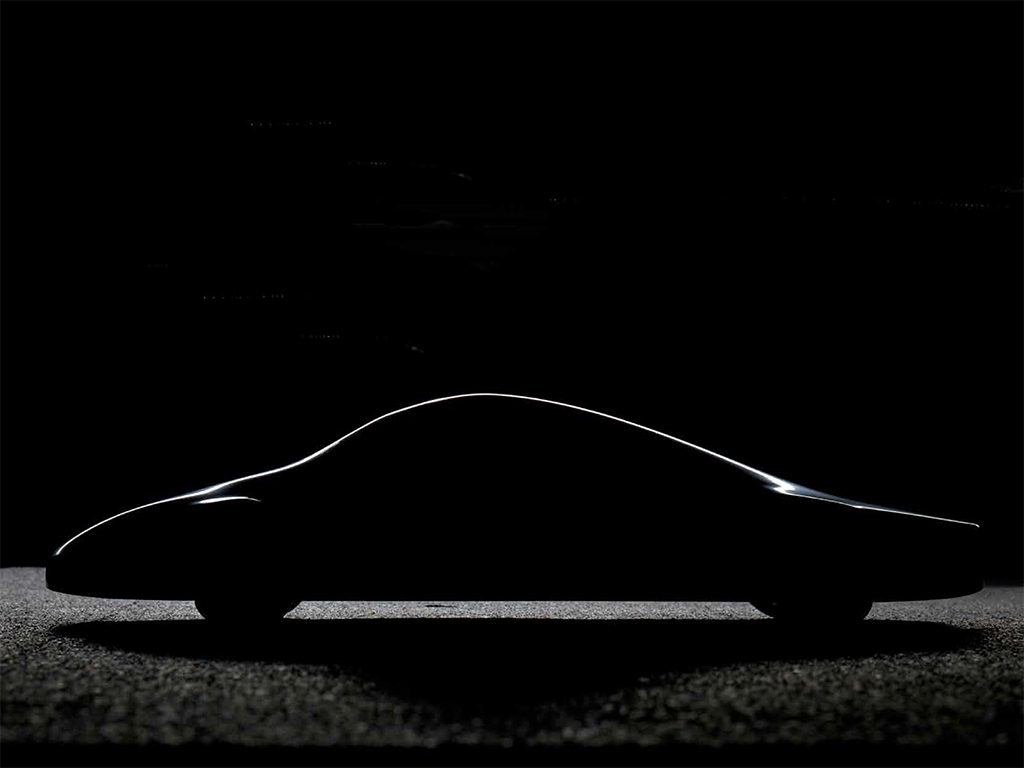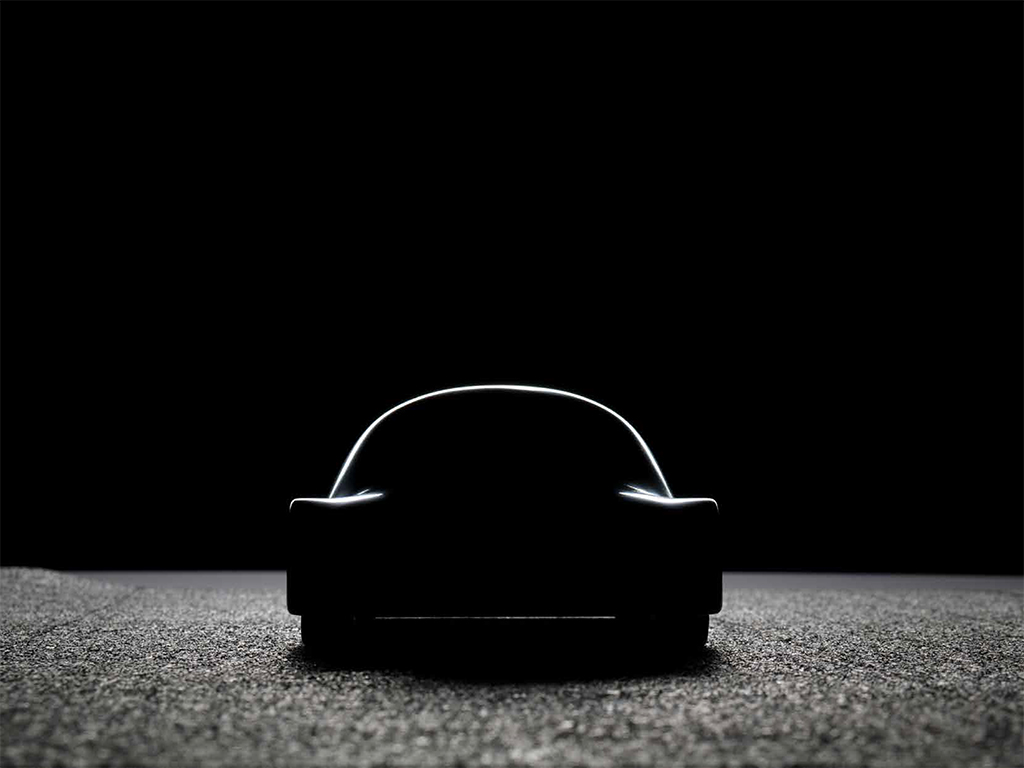The overarching question of this applied research project was the analysis of how the surface of a golf ball affects the motion of fast moving objects in order to minimize flow resistance and to use the observations made for designing the most suitable surfaces. Those effects come into play, for example, among sharks whose skin scales produce turbulences and swirls which, in turn, reduces aerodynamic drag and boosts speed. It is also the golf ball that centers itself in a layer of air – generated by the golf ball’s surface – and thus reaches higher speed at a more stable trajectory. In order to better illustrate these findings, the experiments were supposed to be made with vehicles.
For a special test series, two vehicles were built, modeled, and milled to a scale of one to four through “Solid Works“ technique. Ar our disposal at the Faculty for Automotive Systems and Production of TH Köln was also a wind tunnel where the vehicles could then be tested according to their scale. The vehicles were available in two models and designs – as a model smoothed and lacquered from rigid foam and as a rigid foam core overlayed with clay in which the so-called dimples of the golf ball’s surface were worked into.
The vehicle with the golf ball surface has a higher cw-value
The tests in the wind tunnel came along with an unexpected outcome as the figures and mathematical values turned out to be positive in general. Against expectations, the vehicle with the golf ball surface showed a slightly higher cw-value. As a result, further tests were to be made which was not possible due to tight project deadlines, but with the paramount finding that the different model segments are to be cut into thirds to generate the best research results – for instance, a smooth and even front vehicle, the center part equipped with a golf ball structure, and the rear smooth and even as well or, if applicable, also with a golf ball structure, etc.
As a result, it can be acknowledged that we can group the vehicle structure into different sectors: dynamic pressure in the front, the central part characterized by turbulences tearing off rearward above the vehicle’s roof – with both variations being both positive or negative for flow resistance when looking at the rear segment at the junction to the so-called wake space/stagnation regions. Further tests of alternate models and structure variations in the wind tunnel may deliver further findings on how to generate sophisticatedly made surfaces with advantageous outcomes for both design and practice.
Participant: Christian Zander
Term: Winter term 2013/14
Project: Self-initiated project
Supervised by Prof. Hatto Grosse (Design for Manufacturing), KISD – Köln International School of Design der TH Köln; Prof. Dr. Kai Uwe Münch, Faculty of Automotive Systems and Production of TH Köln










